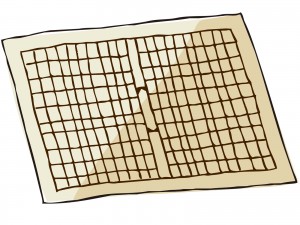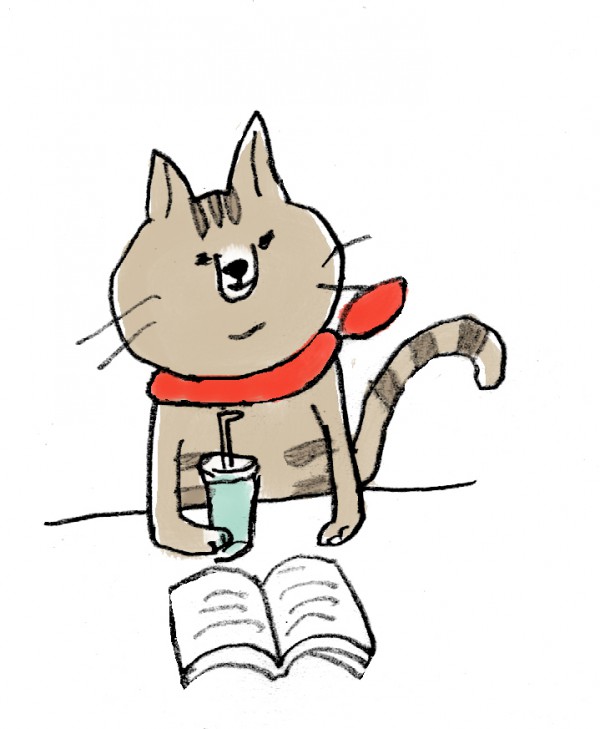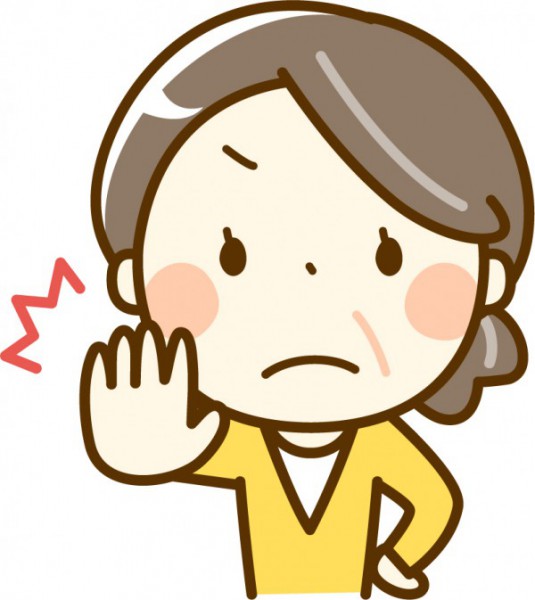It is likely that Japanese learners don’t have difficulty in finding Japanese sentences to be unnatural very much, but it is difficult to find how to improve them. As you may not be aware, there are some tricks in Japanese sentences to make them colorful. In this article, you will learn one of the easiest, but most practical ways.
Don’t Repeat the Same End of Japanese Sentences for 3 times
Are you surprised with the ‘easiness’? Yet, the effectiveness is significant. This is one of the most common theories when writing Japanese sentences. In order to understand it correctly, let me show you compared examples as below.
Bad Japanese Sentences
私は早起きをするのが苦手でした。これまで何度早起きに挑戦しても失敗してばかりでした。だから、思い切って夜に仕事をすることにしました。
Good Japanese Sentences
私は早起きをするのが苦手でした。これまで何度早起きに挑戦しても失敗してばかりです。だから、思い切って夜に仕事をすることにしました。
Translation
I was not good at getting up early. I have tried to get up early many times so far, but it always ended in failure. So, I daringly decided to work at night.
I have just replaced “でした” with “です” in the second sentences, but the effect is very big. For native speakers, the below is much easier to read than the above. It is not necessarily that you have to use “た” in past tense and “です、ます” in present tense. Japanese language does not have the concept of tense as well as English does. This word; ”これまで” is rather important than “です” or “でした” in regards to determining the tense. Thus, you can focus on whether you are using the same end of Japanese sentences for 3 times or not.
More Advance Expressions for Japanese sentences
体言止め Taigendome
Instead of using “です” , “ます” , “でした”, “ました” or other auxiliary verbs and normal verbs at the end, you can use this technique, 体言止め; placing a noun at the end of Japanese sentences
Japanese Sentences with 体言止め (1)
先週、富士山に行ってきました。圧巻だったのは頂上から見た日の出。感動のあまり写真を撮るのも忘れていました。
Translation
I went to Mt. Fuji last week. What overwhelmed me was the rising sun seen at the top of Fuji. I was so moved that I forgot to take pictures.
Japanese Sentences with 体言止め (2)
JLPTの結果が公開されました。落ちたと思っていましたが、なんと結果は合格。思わず泣いてしまいました。
Translation
The result of JLPT was announced. I thought I would fail, but surprisingly the result was a pass. I could not help crying.
It could be “日の出でした” and “合格でした” respectively. By using 体言止め, I did emphasize what I said and to lead my readers to reflect on the situation or the background. On the other hand, you should pay attention to the frequency. If you often used this technique, your audience would be confused, like “what is the point?”
助詞止め Jyoshidome
With the similar technique to 体言止め, you can use this technique 助詞止め; placing a particle at the end of Japanese sentences. This is often used in headlines, titles, catchphrase and advertisement.
Japanese Sentences with 助詞止め
すべては、お客様の「うまい!」のために。
Quoted from Asahi Breweries
Translation
Everything is dedicated to the word; “delicious” said by customers.
助詞止め mainly has 2 functions. The first one is to shorten a sentence which will be wrote in a place where restricts the number of words. The second one is to make readers reflect on plural meanings only by one phrase. In the case of the example, a reader might regard it as “in order to dedicate everything to the word; “delicious” said by customers, they are developing more advanced technologies.” By letting readers to determine what the verb is supposed to be, you can make your Japanese sentences more attractive.
[adsense]
Conclusion
- Don’t repeat the same end of Japanese sentences for 3 times.
- 体言止め; place a noun at the end of Japanese sentences
- 助詞止め; For sentences in headlines, titles, etc., place a particle at the end of Japanese sentences
Simply speaking, it is not good for the end of Japanese sentences to use the same end for 3 times in a row, which includes using a technique such as 体言止め and 助詞止め. I think that it is simple to adopt this advice to your writing. So, please start using these tips and enjoy making your Japanese sentences more colorful.
Recommended Link
The Best Length Sentences for Your Japanese Script
Author and English Editor
Author – Takuya Tokiwa
It’s likely there is room for improvement in Japanese sentences written by learners. If you know just this one tip, your writing will be changed dramatically.
English Editor – Reka, Blue Kangaroo
Reka has been working as a native English teacher for the past 4 years and teaching students of all ages, background and ability, from 8-88 years of age, from absolute beginner to fluent. If you have any inquiry related English, please visit here.

Apply the Essay Structure to Your Japanese Script

Proofread Your Japanese Script by Native Speakers



